Performance of silica brick for glass melting furnace
Glass kiln silica bricks refer to siliceous refractory products used in high-temperature parts of glass kilns (not in contact with glass liquid). The pool kiln is a complex and huge masonry built with various refractory materials. Its vaults mostly use silica bricks, breast walls, and small furnaces have also used silica bricks. Or β-alumina products instead. Silica bricks are also used in the regenerator vaults and lattice bricks of some glass kilns.
Performance of silica brick for glass melting furnace
The properties of glass kiln silica bricks are:
(1) The high-temperature volume is stable, and the furnace body will not change due to the temperature fluctuation surface. Due to the high load softening temperature and the low creep rate of the silica brick, the glass kiln can keep the furnace body without deformation at 1600 ° C, and the structure is stable;
(2) Chemical resistance. The silica brick of the upper structure is eroded by the gas containing R2O in the glass ingredients, and a smooth metamorphic layer is formed on the surface, which reduces the erosion rate and plays a protective role;
(3) The bulk density is small, which can reduce the weight of the furnace body.
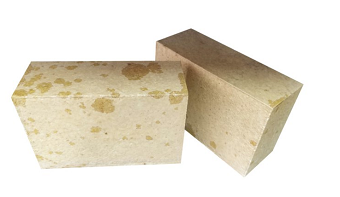
Generally, tridymite is 50%-75%. In high-grade products due to fewer flux impurities, cristobalite can exceed 50%. Residual quartz is not more than 3%. Some users want to use square-scale silica bricks, that is, the ratio of cristobalite to tridymite content is greater than 1. More users want to use tridymite silica bricks, that is, the ratio of cristobalite to tridymite content is equal to or less than 1. The linear expansion rate of the square-shaped silica brick is small, which is conducive to maintaining the stability of the kiln body when it is supplied to the kiln. Tridymite in the hot end brick can be gradually converted into cristobalite during use, and the low melting material migrates to the cold end.
The shape of the product should be regular, the dimensional deviation should not be greater than ±1% of the design value, the taper of the wedge-shaped brick should be accurate, and cracks with a width greater than 0.5mm and cooling cracks caused by improper cooling are not allowed, and cracks on the working surface and non-working surface Lengths should be limited individually. The twist of the brick surface is not more than 0.5% of the brick length.
The manufacturing process of silica brick for glass melting furnace
Quartzite with 98% SiO2 content is selected as the raw material, and the soil is removed by washing with water. After crushing, pass through 3mm, 2mm, and 1mm multi-layer sieves, and store the materials under the sieves separately. Use a ball mill or other fine pulverizing equipment to produce fine powder less than 0.088mm, and conduct particle size grading according to the quality requirements of the product. In order to reduce the expansion during firing, less than 10% of waste silica bricks can be added. Powders of various particle sizes are mixed with mineralizers, binders, and water in a mixing mill, and are made into bricks by molding machines. For complex or large-scale products, vibration molding machines, air hammers or manual molding can be used. The size and shape of each brick after forming should be checked, and the qualified bricks should be dried.
The temperature at the entrance of the bricks entering the tunnel dryer and the initial temperature of the chamber dryer should be lower than 70°C. Large adobes and hand-shaped adobes are suitable for drying in a chamber dryer. The initial temperature should not exceed 60℃, and the adobes above 40kg should be dried in the air for more than 48 hours. The dried adobe is inspected again, focusing on surface cracks and internal spalling. The residual moisture of bricks after drying shall not exceed 1%, and that of large bricks shall not exceed 0.5%. Bricks are fired in tunnel kilns, inverted flame kilns, or shuttle kilns. The inverted flame kiln or shuttle kiln is suitable for firing large bricks, which are covered with small bricks. The highest firing temperature is 1380-1450℃ according to the conversion performance of raw materials and the quality requirements of products.
The dangerous stage of product cooling is below 600 ℃. Due to the transformation of crystal form, the volume shrinks rapidly, and cracks are easily generated. The cooling speed should be controlled. The cooled products should be checked one by one. Large vault bricks should be graded according to user requirements according to different dimensional tolerances and marked on the bricks. Bricks in important parts need to be processed, pre-laid, and numbered. The processed bricks should be checked again for appearance before pre-laying.
-
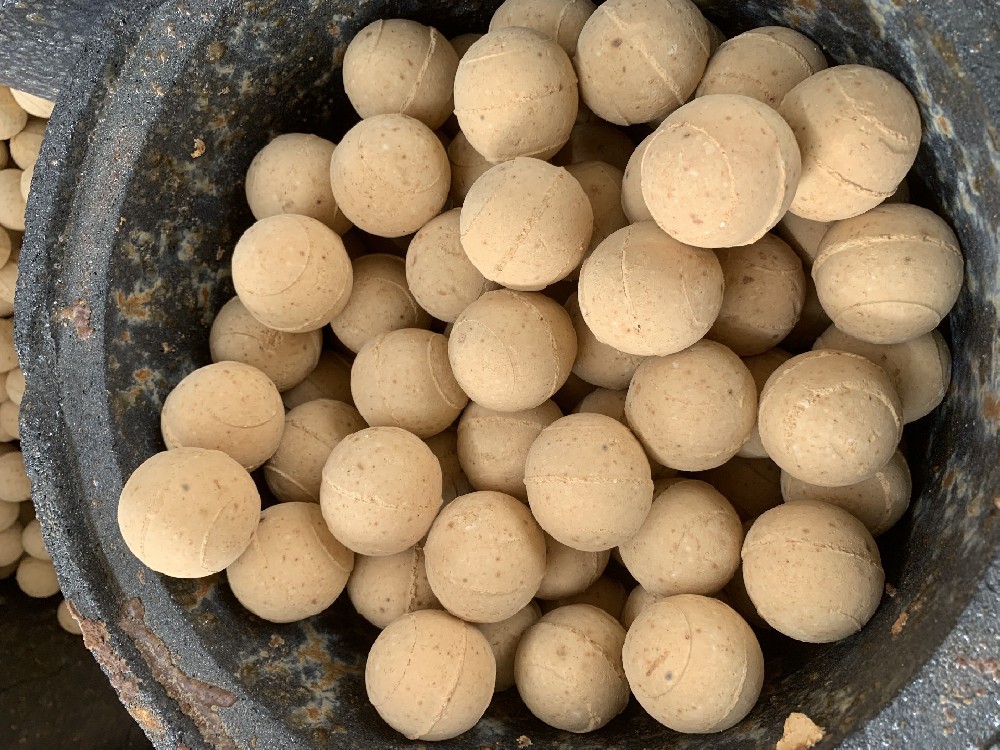
Thermal storage alumina balls
The Thermal storage alumina ballsis made of industrial alumina and refractory kaolin as the main raw materials through scientific formula, forming and high-temperature calcination.Thermal storage alumina ballss are divid··· -
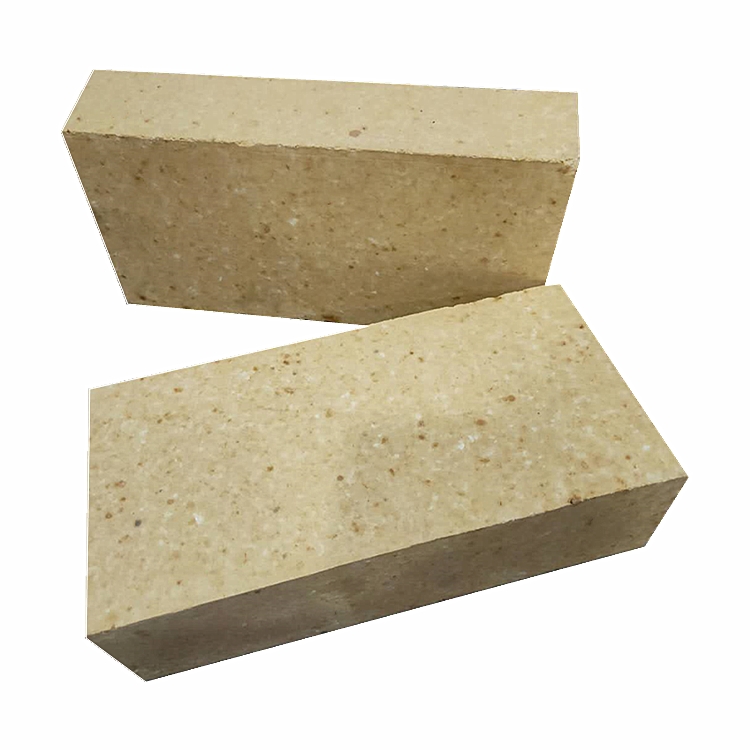
Anti-stripping high alumina brick
Use description of Anti-stripping high alumina brick1. Anti-stripping high alumina brick has a good application in low temperature parts such as large and medium-sized cement precalciner, kiln smoke chamber, indoor decom··· -
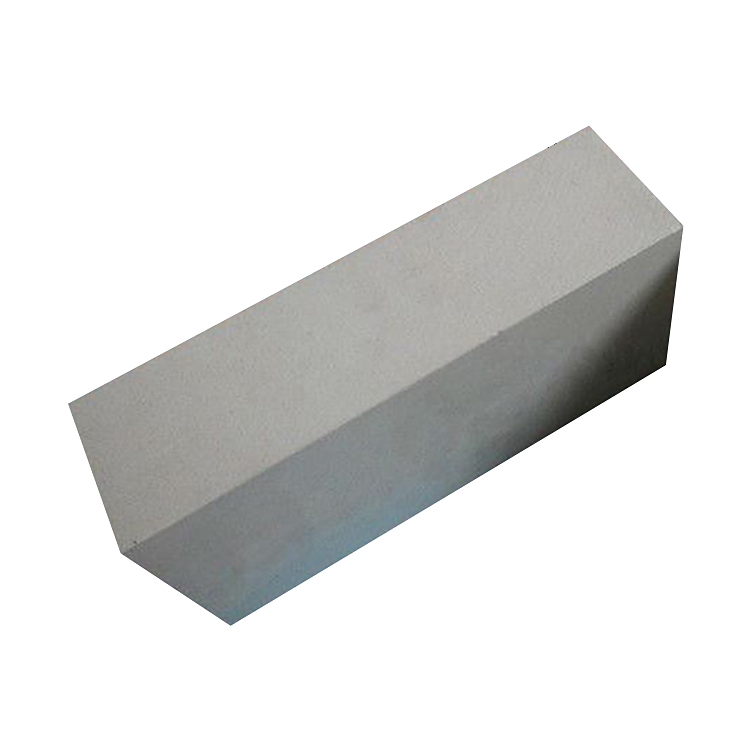
Anti-stripping high alumina bricks
Anti-stripping high alumina bricks are made of high alumina bauxite clinker, mullite, kyanite, zircon sand, and binder after granulating and powdering processes, mixed in a certain proportion, pressed into shape, and fir··· -
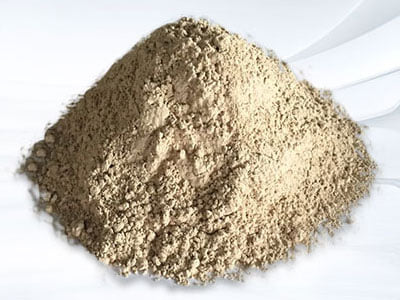
silica hot repair refractory
Performance index of silica hot repair refractoryThe material is a kind of plastic unshaped refractory material, its main component is SiO2, it is made of special clinker and various binders and additives, and it is proc···

